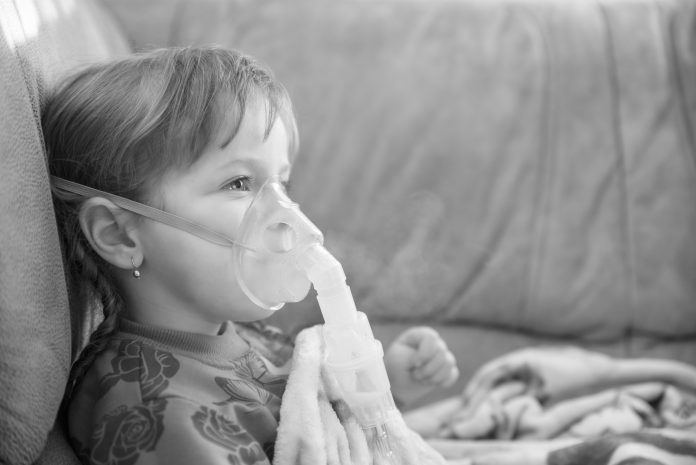Researchers have created a way to detect cystic fibrosis infection in minutes – beating the current wait time of days
This new approach can be undertaken easily and quickly on hospital wards. It also has the ability to be expanded to target a number of other diseases and in future counter microbial resistance.
Tackling cystic fibrosis quickly is key to survival
Cystic fibrosis affects around 1 in 10,000 births in the UK. The inherited condition causes mucus to build up both in the lungs and digestive system, the current life expectancy of people with CF who was born between 2015 and 2019 is predicted to be 46 years.
Current treatments can reduce the problems caused by the condition however recurring infections drastically hinder progress and can reduce quality and length of life.
The present methods for diagnosing acute and chronic infections are complex and time-consuming for current labs. These delays can have life threatening consequences on patients.
Multi-excitation Raman spectroscopy is the new method
A multi-disciplinary team from the University of Southampton and University Hospital Southampton set out to develop a diagnostic tool that would be rapid, accurate and simple-to-use for doctors. The multi-excitation Raman spectroscopy is the analysis technique produced, it’s a non-invasive method that emits a scattering of multiple colours of light into a patients sample.
Prof Sumeet Mahajan, Head of Chemical Biology and the Associate Director of Institute for Life Sciences at the University of Southampton, said: “When light is applied to a sample’s molecules they can vibrate which helps us understand their characteristics. By using different colours of light, a different set of such vibrations can be triggered meaning we can get more information about their composition than previously possible.
“This then allows ‘finger-printing’ that can be used to identify the properties of the pathogens that cause cystic fibrosis. In many current techniques, a reagent needs to be added to a sample or a tag needs to be attached to the molecules of interest to analyse their composition. This is not required under this new approach which uses natural properties of the molecules to analyse them.”
Professor Mahajan further said: “Our new Raman spectroscopy based method offers many advantages over resource-intensive, culture-based methods, allowing rapid and label-free analysis. It is reagentless and avoids complex sample-preparation steps with sophisticated equipment.
“Here, we have developed a method that is highly accurate yet rapid and neither requires nanoscale materials for enhancing signals nor fluorophores for detection.”
Cystic fibrosis infections are hard to treat when long term in lungs
Long term infections in the lungs of people with cystic fibrosis are extremely hard to treat. The Southampton research, published in Analytical Chemistry, showed 99.75% accuracy at identifying Pseudomonas aeruginosa and Staphylococcus aureus (major infections) across all studied strains.
This included 100% accuracy for drug-sensitive and drug-resistant Staphylococcus aureus.
Prof Faust, Director of NIHR Southampton CRF, said: “Our study demonstrates an important step toward a rapid and reagentless diagnostic tool requiring only simple or routine sample preparation. Such a platform could also prove useful in a variety of other disease areas and help address the mounting challenge of anti-microbial resistance.”











